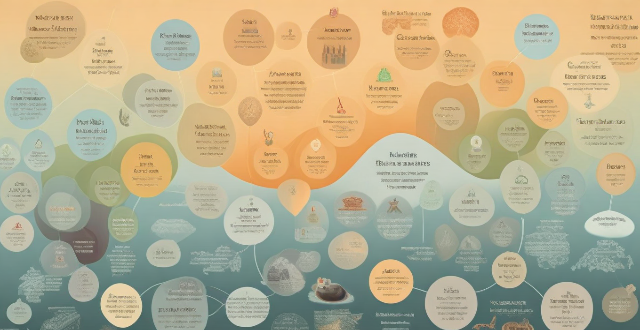Climate data analysis is essential for understanding extreme weather events. It allows scientists to identify trends, make predictions, and assess the impacts of these events on people and ecosystems. Key aspects include long-term data collection, statistical analysis, modeling techniques, vulnerability assessments, and public education. This comprehensive approach helps us prepare for and mitigate the effects of extreme weather, ultimately enhancing our resilience and adaptability in a changing climate.

How Does Climate Data Analysis Contribute to Our Understanding of Extreme Weather Events?
Climate data analysis plays a crucial role in enhancing our comprehension of extreme weather events. By examining historical and current climate patterns, scientists can identify trends, make predictions, and understand the potential impacts of these events on human populations and ecosystems. Here's a detailed breakdown of how climate data analysis contributes to our understanding:
Identifying Trends
Long-Term Data Collection
- Historical Records: Analyzing data from past decades or centuries provides context for current conditions.
- Satellite Imagery: Remote sensing allows for real-time monitoring and trend identification.
Statistical Analysis
- Correlation Studies: Linking climate variables with extreme event occurrences.
- Anomaly Detection: Identifying deviations from normal climate patterns.
Making Predictions
Modeling Techniques
- Computer Simulations: Using complex algorithms to predict future climate scenarios.
- Ensemble Forecasting: Combining multiple models for more accurate predictions.
Probabilistic Forecasts
- Risk Assessment: Estimating the likelihood of specific types of extreme weather.
- Seasonal Outlooks: Predicting weather patterns months in advance.
Understanding Impacts
Vulnerability Assessments
- Population Analysis: Determining which areas are most at risk due to population density or infrastructure.
- Ecosystem Effects: Studying how extreme events affect local flora and fauna.
Mitigation Strategies
- Urban Planning: Designing cities to withstand extreme weather events.
- Emergency Response: Developing plans for disaster preparedness and relief efforts.
Educating the Public
Awareness Campaigns
- Information Dissemination: Informing the public about potential risks through various media channels.
- Education Programs: Teaching people how to prepare and respond to extreme weather events.
Policy Influence
- Advocacy Efforts: Using data to support policy changes that address climate change.
- International Cooperation: Fostering global dialogue on climate issues and solutions.
In conclusion, climate data analysis is an integral tool in our quest to understand extreme weather events. It helps us not only to react to current situations but also to plan ahead, minimizing harm and maximizing resilience in the face of nature's unpredictable forces.